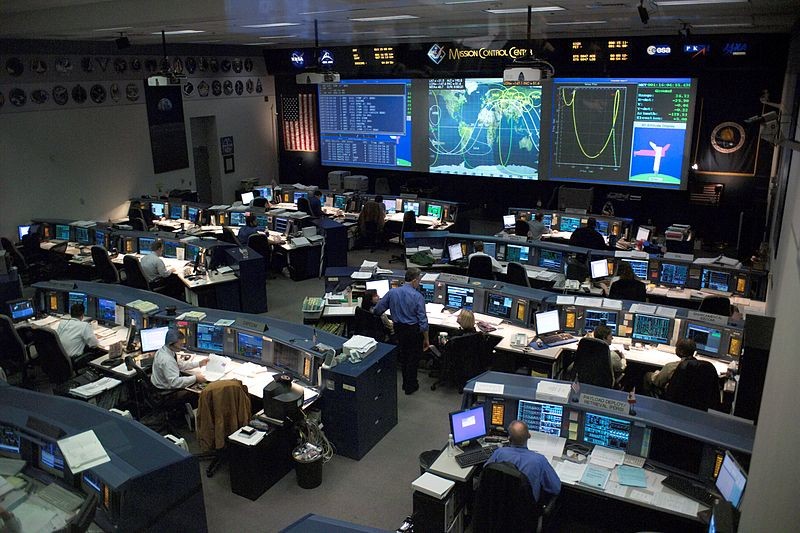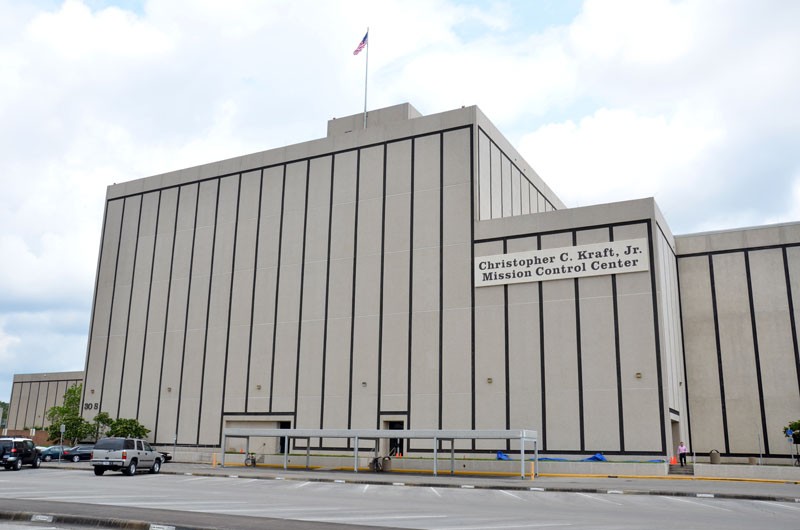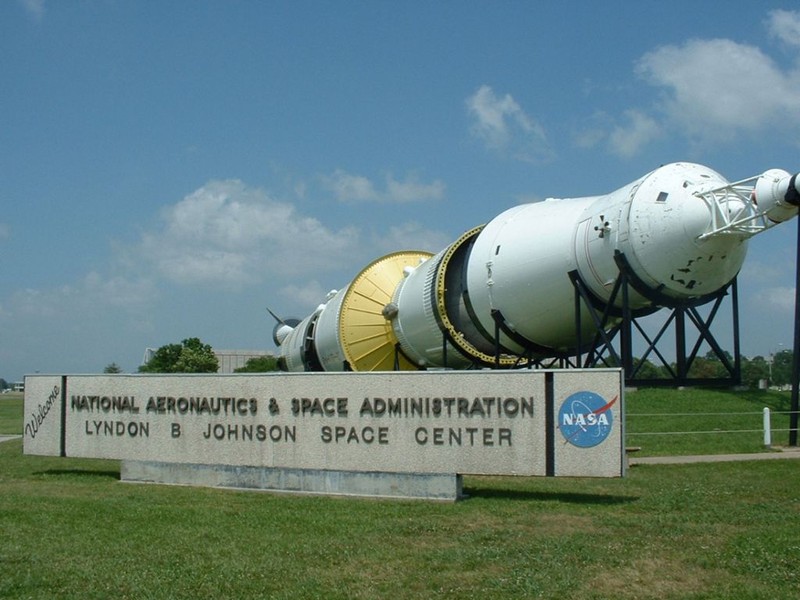NASA Christopher Kraft Jr. Mission Control Center
Introduction
Text-to-speech Audio
Images
Inside Mission Control

Christopher Kraft Jr. Mission Control Center

Lyndon B. Johnson Space Center

Backstory and Context
Text-to-speech Audio
Mission Control Centers control space flights, usually from lift-off until landing, or until the end of the mission. Various staff closely monitor the missions 24 hours a day, 365 days a year, using telemetry, remote communications that are transmitted to equipment for monitoring. These personnel are extensively trained to supervise areas such as the altitude control system, power, propulsion, thermal, altitude dynamics, orbital operations and other systems that are found on the ships or ISS1.
The Christopher Kraft Jr. Mission Control Center, also known by radio call-sign Houston, is housed in NASA’s Lyndon B. Johnson Space Center (previously the Manned Spacecraft Center) in Houston, Texas. The Johnson Space Center was established in 1961 and has become home to the U.S. human space flight program2.
Christopher Kraft Jr. worked as a NASA engineer, starting in 1958 when the organization was created. He was assigned to the Space Task Group, the team responsible for putting an American man in space, and worked during missions such as the first human orbital flight and the first spacewalk. After over a decade, he retired to a management position. He then became director of the Johnson Space Center, and was instrumental in creating the Mission Control Center.
In June 1965, the Houston Mission Control Center was first used for Gemini 4, the tenth manned American spaceflight. It also controlled all the flights for Gemini, Apollo, Skylab, and Space Shuttle projects until it was repurposed in 1989 to control the Space Shuttles. The Mission Control Center now monitors the International Space Station and the flights to the station3.
Sources
Roberts, John. "About Johnson Space Center." NASA: Johnson Space Center. Accessed October 15, 2015. http://www.nasa.gov/centers/johnson/about/index.html.
